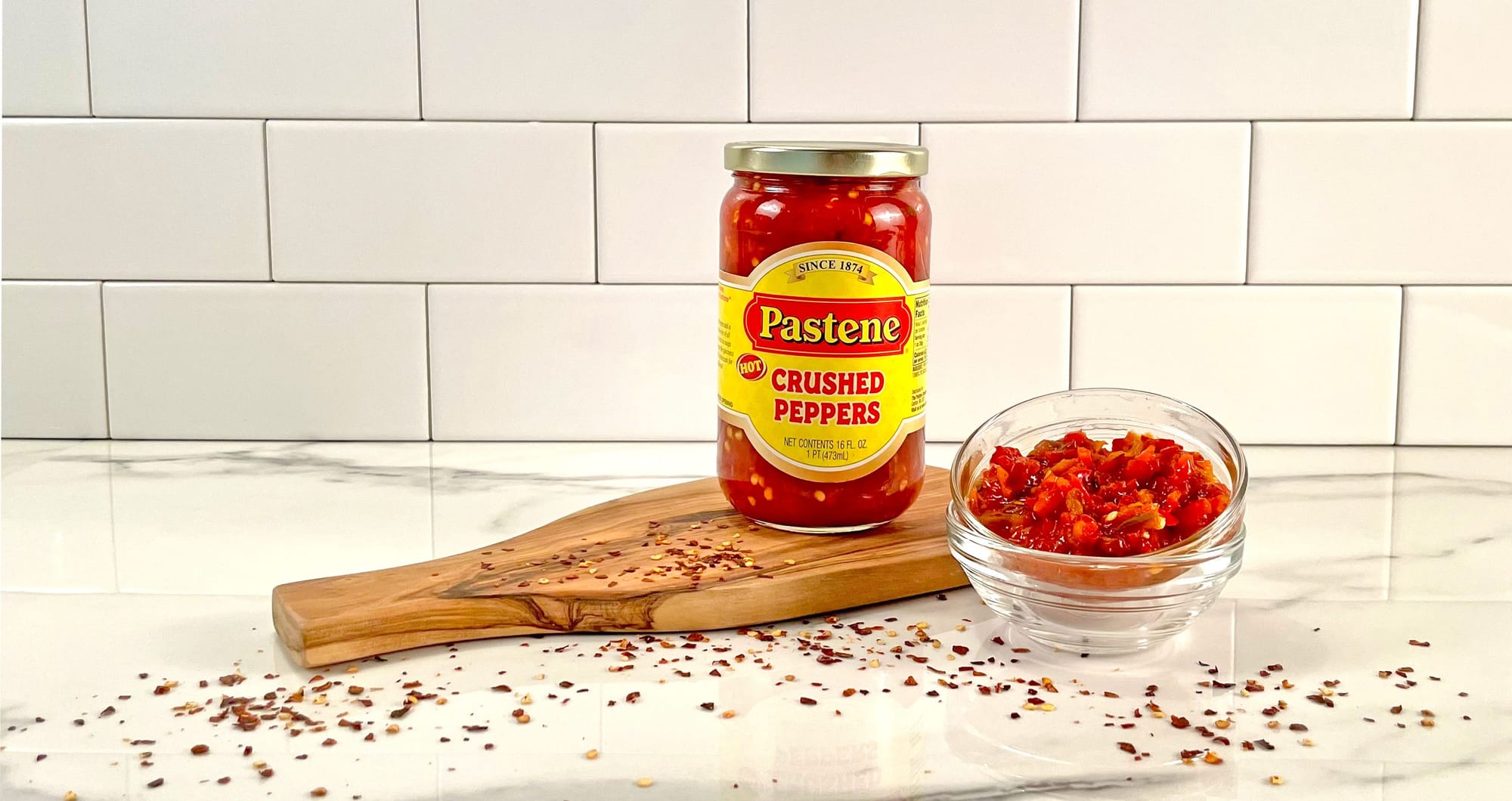Friday Bread Basket 6/10/22

Welcome to the Wordloaf Friday Bread Basket, a weekly roundup of links and news relating to bread, baking, and grain.
Before I jump into this week’s items, I wanted to mention again that I am always looking for wonderful guest posts like the one that Rhianna Morris shared with us on Wednesday. If you have an idea for something to contribute to Wordloaf, please reach out to let me know, I want to hear about it! (ICYWW, contributors to Wordloaf are paid; the current rate for a post is $200.)
I also wanted to thank everyone who weighed in with thoughts about my possible future dread nook on Monday. All of your suggestions were super interesting and helpful, and some of them are definitely going to influence this thing should it ever come to fruition. Feel free to chime in if you haven’t yet and want to.
Hots or Not?

Eater Boston recently shared a nice exploration of the (mostly) New England sandwich condiment topping known as “hots.”
To recap what is known for sure about hots: It is a spread, usually. It comprises sharp, vinegary, chopped hot peppers. It is hot — but not too hot. It is sometimes referred to as a “relish” but is not sweet. The brands who sell it call it a number of names other than “hots.” Many local sandwich and sub shops — new- and old-school — call it “hots.” It is singular, except when it is plural and refers to slices of pickled hot pepper.
The story includes a quote from my friend and former ATK colleague Rachel Kelsey, co-owner of one of Boston’s best little sandwich shops, Brookline Village’s Cutty’s.

Khach a Fire
Last week I shared a link to Polina Chesnakova’s fundraiser khatchapuri workshop, which apparently generated a whopping $3,519.75 for her family back in Ukraine. There was a little glitch in the video recording of the class, but Polina has promised it will be available soon to those who weren’t able to tune in live.
In the meantime, there’s a great article at snack Substack Snackstack all about the joys and wonders of the khachapuri:
Head to Tblisi, the capital of Georgia, and you’ll see a different fast food with a different story, one rooted in tradition. Here, the quick meal of choice is khachapuri, which is available at every single one of those red pins (for reference, this is much higher saturation than Dunkin’ in Boston, which is saying something). As one Georgian writer put it a couple of years ago, “Georgian gastronomy is unimaginable without Khachapuri, which is both a dish for celebration and part of our everyday life.”

Spill the T
This week at Bakery Bits, Dan Lepard shared not one but two excellent primers on European flour grades. The first is an explainer of the “T-number” system used in France to classify different amounts of refinement in their flours:
The T-number system was started in France in 1963, and back then the colour of the crust and crumb, and its delicacy, were considered very important: “finer” baking had a lighter whiter crumb; while baking and breads for the working persons table, thought back then to be of a “lesser quality”, could have a darker browner crumb. So because a T45 flour would produce a very pale crumb, it meant that the colour of other ingredients – like butter and eggs – was more evident, making T45 a suitable flour for enriched baking.

And the second covers the oft-confusing “0” numbering system used to categorize Italian flours:
So I’ve read that 00 Italian flour is the best for bread and pizza, is that true?
Forse sì, forse no. That’s Italian for maybe yes, maybe no. With that phrase alone you can go a long way in Italy, and get into some very tricky situations. See, the thing is those zero numbers have nothing to do with the doughmaking characteristics of the flour, but really only tell how finely it’s been sifted. Anyway, can’t stop myself saying doppio zero, sounds so cool.

That’s it for this week’s bread basket. Wishing you all a peaceful weekend, see you all on Monday.
—Andrew





Member discussion